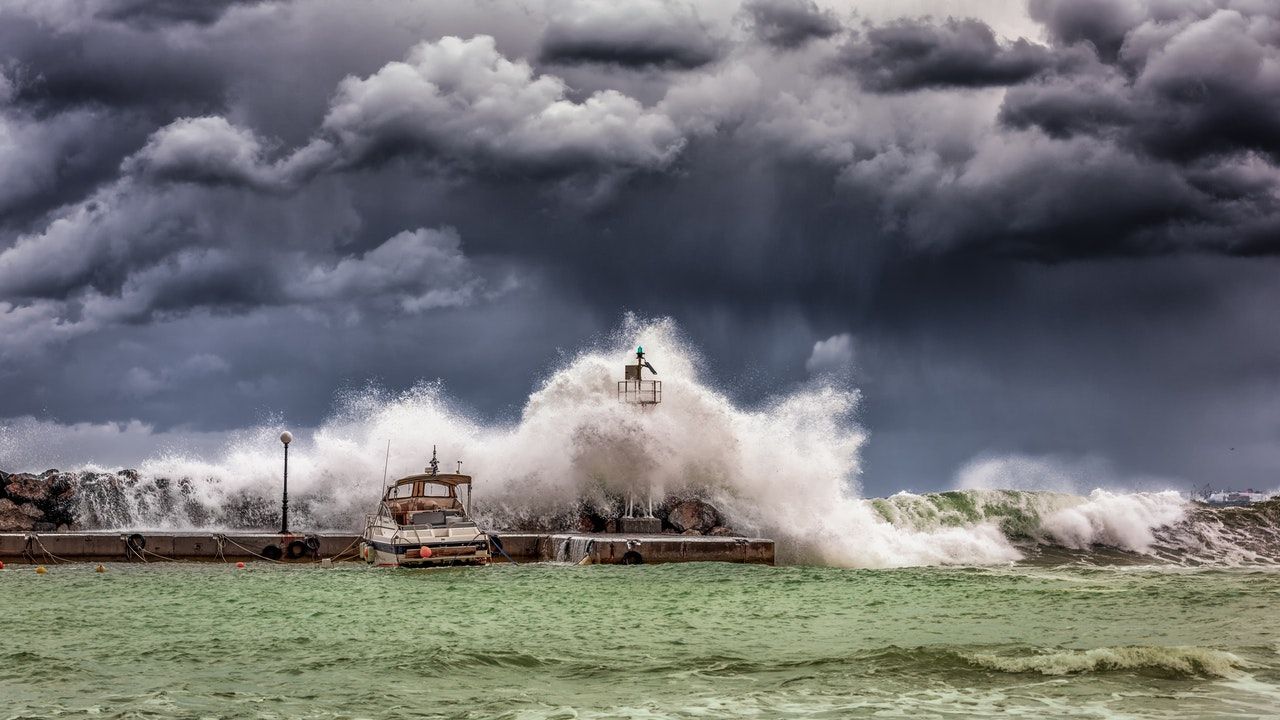
Why space science and spectrum are key for early warning systems and disaster risk reduction
By Mario Maniewicz, Director, ITU Radiocommunication Bureau
The fact that the world is facing weather and climate extremes is no longer in doubt. More people than ever are exposed to climate-related hazards, which are becoming more frequent and severe due to unsustainable resource use, environmental degradation, population growth, urbanization, and other global trends.
The latest assessment report from the Intergovernmental Panel on Climate Change (IPCC) is unequivocal: half of humanity is already highly vulnerable to climate change. In addition to the human cost, insurance industry statistics indicate that extreme weather events, including floods, severe thunderstorms, heatwaves, and hurricanes, resulted in global insured catastrophe losses of USD 105 billion in 2021, the fourth highest annual amount on record.
Inaction is not an option. While we know how to build a more climate-resilient society, we must do it faster.
This means being prepared at the country, community, and individual levels. It also means acting well before a disaster starts. Disaster preparedness can save lives and protect the livelihoods of communities everywhere, now and in the future.
For now, one in three people is not adequately covered by early warning systems, according to a recent World Meteorological Organization report. To build resilience that dampens the devastating impact of extreme weather events, all countries must invest in effective early warning systems and services.
Climate data dependent on spectrum
To mark World Meteorological Day 2022 with its theme of “Early Warning and Early Action”, I would like to emphasize the vital importance of hydrometeorological and climate information for disaster risk reduction. Satellite radiocommunication services are crucial for Earth observation, meteorological forecasting and, increasingly, climate change monitoring.
These services, like so many others, require sufficient spectrum. The frequencies allocated to them must remain free of interference. This is where the work of the International Telecommunication Union (ITU) comes into play.
At successive World Radiocommunication Conferences, ITU Member States have considered the need to maintain and protect radio-frequency bands for atmospheric observation systems. Harmful interference with such systems could make weather predictions less accurate, potentially obscuring the threat of increasingly frequent extreme weather events.
Earth observation and remote sensing
As the world moves to mitigate and adapt to the myriad threats posed by climate change, meteorologists will rely more and more on space assets for environmental monitoring, including remote atmospheric sensing over land and oceans.
Space sensing and satellite monitoring also inform public and private decision-making at all phases of disaster response.
Key steps reliant on radiocommunication systems include:
- Disaster prediction, detection and tracking based on satellite observation and imagery;
- Early warning information, including public alert messages and advice through broadcasting, maritime, space and terrestrial radiocommunication services;
- Damage assessment and informing relief operations.
Amateur radio resilience
Amateur radio operators have a long and proud history of maintaining vital links in the wake of disasters. With only a low-power, high-frequency transceiver, a car battery, and a piece of wire as a makeshift antenna, a skilled operator can establish communication from almost any location.
Amateurs use their VHF (very high frequency) and UHF (ultra-high frequency) allocations for many applications, including local networks that operate independently of commercial telecommunication infrastructure.
These local networks often continue to function when regular communication links are disrupted or overloaded. Amateurs have the equipment, the skills, and the frequencies necessary to create expedient and efficient emergency communication networks under poor conditions.
Enabling amateur radio operation is one more benefit of international cooperation in the field of radiocommunication. Equally important are comparable efforts at encouraging growth in the numbers of amateur radio operators, particularly of young “ham” operators, because the availability of both spectrum and human resources go hand in hand.
Founded on global cooperation
ITU’s framework facilitates equitable access to radio-frequency spectrum and satellite orbits by all countries. This enables the effective operation of all radiocommunication services, including early warning systems.
In addition, ITU and its diverse global membership foster greater coordination between national meteorological and hydrological services, disaster management authorities and development agencies which is fundamental to better prevention, preparedness, and response.
Learn more about ITU work on radiocommunication and climate change and other environment and climate issues.
Image credit: George Desipris via Pexels
